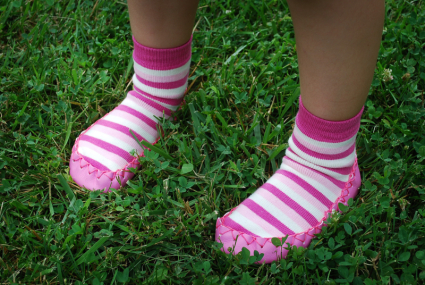
An ingrown toenail is a nail that is curved downward and grows into the skin, usually at the nail borders (the sides of the nail). This “digging in” of the nail irritates the skin, often creating pain, redness, swelling and warmth to the toe.
If an ingrown nail causes a break in the skin, bacteria may enter and cause an infection in the area, which is often marked by drainage and a foul odor.
There are many different causes for an ingrown toenail, these include but are not limited to:
•Improper trimming of your toenails: Nails should be trimmed straight across, not rounded.
•Fungal infections of the nail can cause a thickened or widened toenail to develop.
•An acute injury near the nail or anything that causes the nail to be damaged repetitively (such as playing soccer) can also cause an ingrown nail.
•If a family member has an ingrown toenail, you are more likely to develop one, too
•Tight-fitting shoes or high heels can cause the toes to be compressed together, adding pressure to the the nail, which in turn can cause the nail to grow abnormally.
Treatment
Sometimes initial treatment for ingrown toenails can be safely performed at home. However, home treatment is strongly discouraged if you suspect you have an infection, or if you have a medical condition that puts your feet at high risk for example, diabetes, nerve damage in the foot or poor circulation.
Home care includes soaking your foot in room-temperature water with one cup of vinegar. However, “bathroom surgery," involving repeated cutting of the nail is highly discourage. If your symptoms fail to improve, it’s time to see a foot and ankle surgeon, therefore given our office a call.
The treatment our office will render will be based on the examination your toe. The treatment options include:
•Oral antibiotics
•Surgery: A simple procedure, involving numbing the toe and removing the corner of the nail, a larger portion of the nail or the entire nail.
•Permanent removal.
Please do not hesitate to give our office call, 440-946-5858. We are here to help:)


